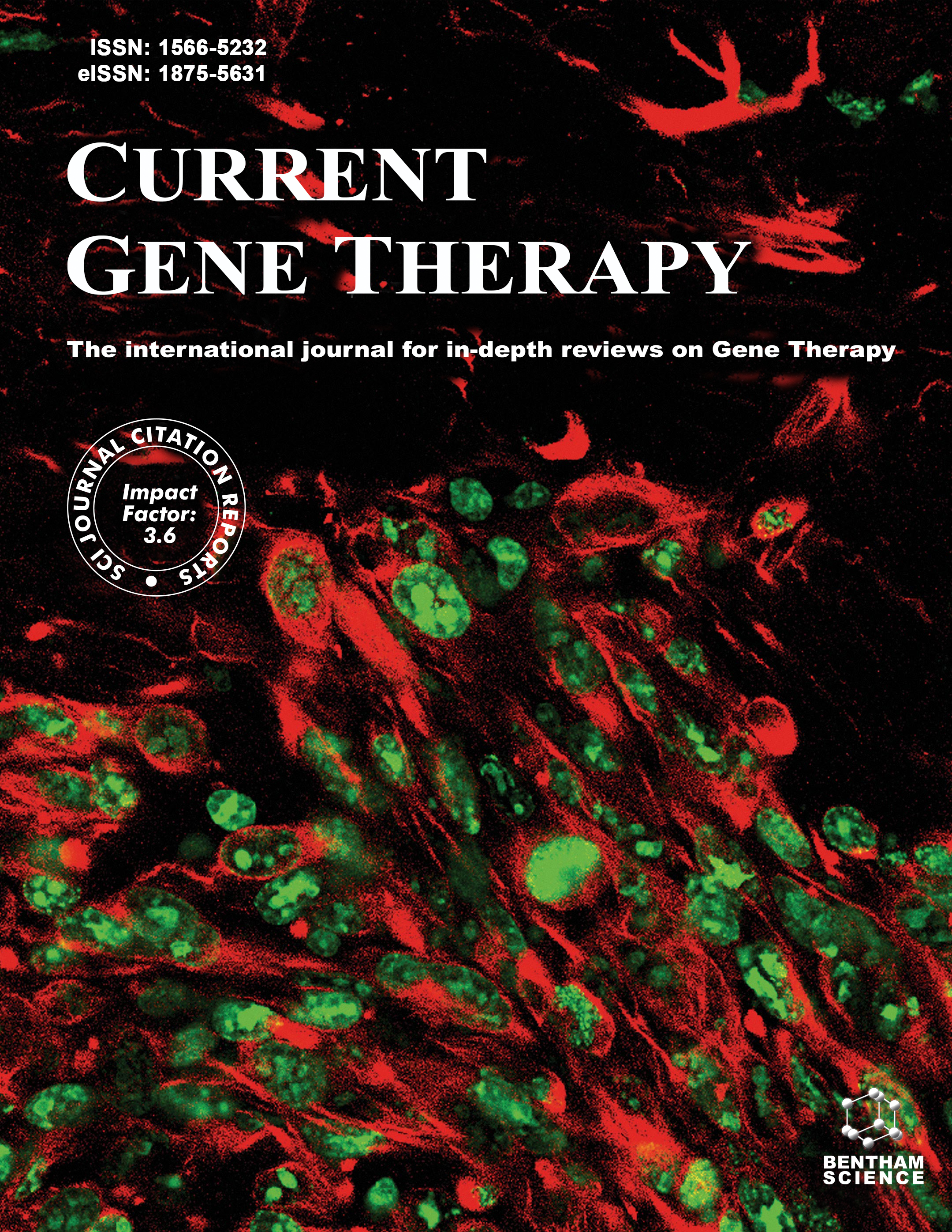
Full text loading...
Lung cancer is a leading cause of mortality worldwide. Immunotherapy has emerged as a potentially effective strategy, as traditional medicines have shown minimal success. This review investigates the current state of immunotherapy for lung cancer treatment, focusing on its mechanisms, clinical applications, strategies, and future directions. This study focuses on the different characteristics of non-small and small-cell lung cancer to emphasize the need for targeted treatment strategies. In non-small cell lung cancer, immune checkpoint inhibitors that target PD-1, PD-L1, and CTLA-4 have shown a strong therapeutic benefit and increased survival rates. The complex interactions among tumor cells, immune cells, and the tumor microenvironment significantly impact the outcome of immunotherapy. The determination of predicting biomarkers and conquering resistance requires an understanding of the tumor microenvironment. This study addresses a range of immunotherapeutic strategies, such as immune modulators, monoclonal antibodies, and cancer vaccines. The combination approaches are being explored to enhance treatment effectiveness and address resistance mechanisms that integrate immunotherapy with other modalities. Despite advancements, challenges still exist. The identification of reliable biomarkers, regulating immune-related adverse effects, and the overcoming of limitations in treating metastatic disease require more investigation. Future research directions should include exploring the immune microenvironment, developing personalized treatment strategies based on tumor profiles, and integrating new technologies for patient screening. Immunotherapy holds immense potential to modify lung cancer treatment and enhance clinical results.

Article metrics loading...

Full text loading...
References


Data & Media loading...

